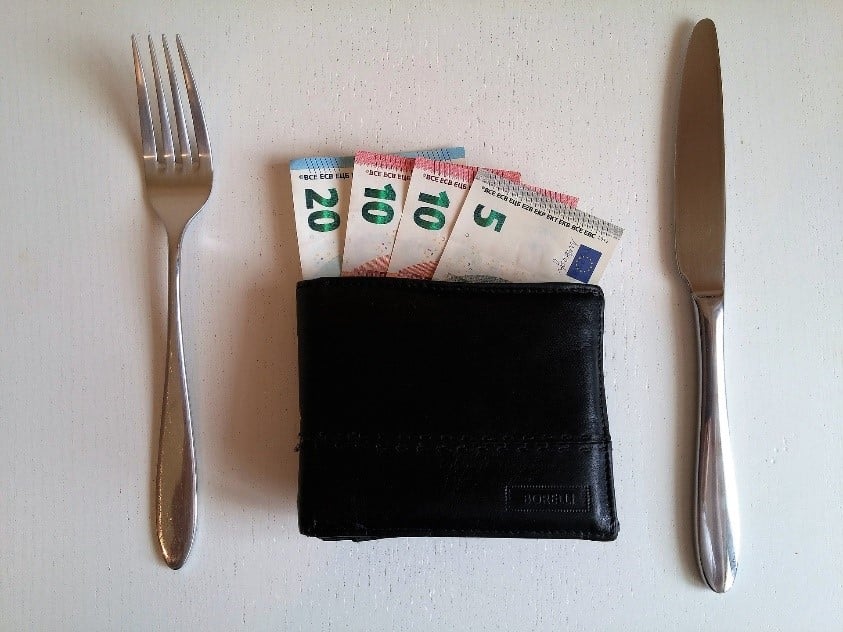From stock-take to plate costing
The apprenticeship in hospitality is a learning curve in managing costs. Everything is calculated and considered. The months ahead are assessed for school holidays and man-made events. This year’s performance is a gauge to future expectations and budget planning. Yet nothing is taken as seriously, nor done as religiously, as the weekly stock-take. With pencil, rubber, calculator and stock sheet, a stock-take could fill a ten-hour shift.

Every ingredient is weighed and converted to price. So why would you want to put so much effort into counting stock? The answer is – it’s money. Note: your holding stock is a huge investment and an insurance liability, so knowing the value is vitally important.
So how far do you go? You weigh and count everything, even the salt and pepper. In a restaurant your profitability is linked to your usage – especially in the science of plating cost.
The little things add up
For example, a plate of fish and chips would consist of 300 grams of fish and 200 grams of chips. The price of the meal in raw product is £5 for the fish and £2 for chips. Total cost £7. As each meal is sold the computer deducts these ingredients from the holding stock. When a certain minimum is reached the computer would then alert for a re-order. If the plate cost is £7 then I must sell for at least x3 or x4 that to cover business costs.
If the plate cost is out, the business is in trouble
If my chefs plate haphazardly and dump 400 grams of chips onto a plate instead of 200, the meal is now costs £9. The stock-take will raise that discrepancy. Say I have sold 10 fish and chips, I should have used 3kgs of fish and 2kgs of chips. Instead my chefs have used 4kg of chips. This is potentially a huge loss if the chips are £20 a kg to buy.
The ramifications
The other problem with over-plating is guest perception. If the consistency is at 400 grams of chips and I suddenly retrain my chefs to plate only 200 grams – my regulars will query the smaller-sized meals. Consider as well, that if I am hoping to sell additional items such as entrees and desserts, sales will suffer due to the customer being full! Stock-takes are an important tool for monitoring other areas of the business as well.
What you need to consider?
Wastage can be a substantial cost to a restaurant (or any business for that matter) if it is not monitored closely. And not just in food. Just the sheer number of teaspoons and wine glasses a restaurant can eat in a week defies comprehension. There is nothing worse than trying to scrape up one teaspoon for a guests Kahlua-flavoured cappuccino, on a busy night. And it’s amazing how much the losses can cost the business.
So consider this question – do you know where you’re losing money? Isn’t it time you found out, before it’s too late?